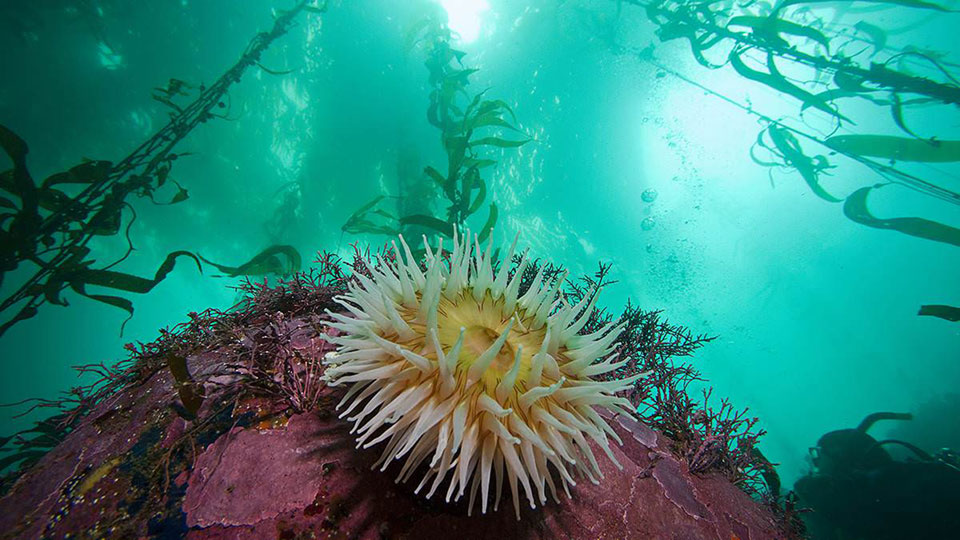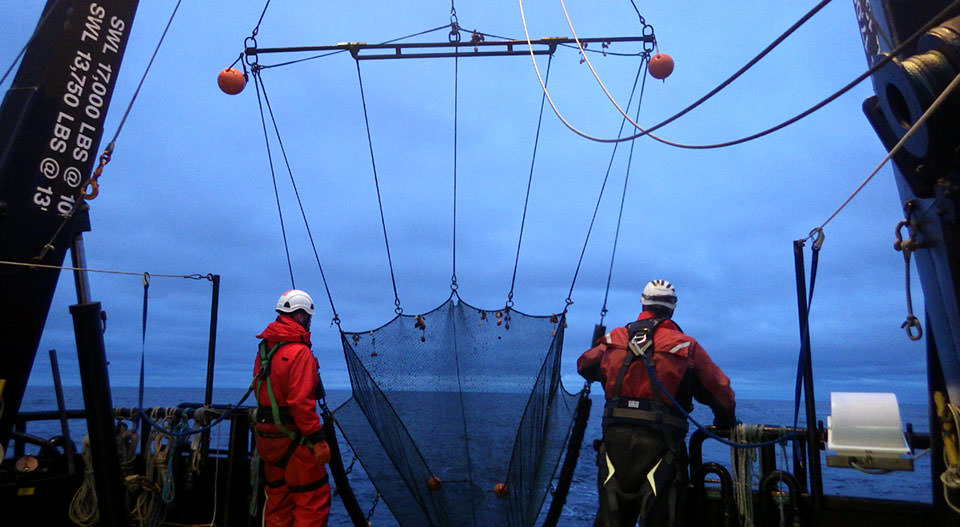Article Courtesy: oceanservice.noaa.gov | Please click here for original article.
U.S. monitoring network zeroes in on marine biodiversity as an indicator of change in the ocean.
[responsive] [/responsive]
[/responsive]
Above: Biodiversity Benchmark – Marine biodiversity can be an early indicator of change in the ocean, provided it’s noticed. The U.S. Marine Biodiversity Network aims to ensure that scientists not only notice changes in biodiversity, but also have the tools in place to better understand what these changes tell us about ocean health over time. Kelp forests within Monterey Bay National Marine Sanctuary, shown here, are part of the observation network.
The U.S. Marine Biodiversity Observing Network (U.S. MBON), an effort to improve our understanding of changes and connections between marine biodiversity and ecosystems, recently launched a new website. In addition to exploring the vision and themes of the network’s demonstration projects, the site offers profiles of projects in progress and outlines future goals for data integration, animated seascape mapping, and technology applications such as new methods for genomic sampling and analysis.
Biodiversity is the proverbial “canary in the coal mine” and can be an early indicator of change in the ocean—for better or for worse—provided it’s noticed. By building a comprehensive network, researchers and decision-makers hope to better understand how ecosystems are changing, more accurately forecast long-term trends, and plan for events like harmful algal blooms. U.S. MBON brings together experts in remote sensing, genomics, ecology and biogeochemistry, and data management to define and monitor ocean variables essential for studying ecosystem, biodiversity, and oceanographic conditions over time.
[responsive] [/responsive]
[/responsive]
Above: Sampling Ocean Life – U.S. MBON researchers prepare to deploy a beam trawl to collect ocean life samples. Image courtesy of Katrin Iken, AMBON principal investigator, University of Alaska Fairbanks.
Demonstration Projects
Spanning marine ecosystems from the Arctic to kelp forests in central California and coral reefs in the Gulf of Mexico and Florida Keys, three U.S. MBON projects are developing strategies to integrate biological and environmental data sets, and testing innovative molecular and remote sensing technologies and methods to observe marine biodiversity.
- The Arctic MBON is integrating data about the Arctic Ocean—site of the most rapid temperature changes in the global ocean—and conducting research on the Chukchi Shelf. Time series will help scientists understand the differences between seasonal variability and long-term changes, which can, in turn, better equip us to forecast and respond to the impact of climate change globally. Results of the first Arctic field season are available online.
- The Sanctuaries MBON focuses on National Marine Sanctuaries in Monterey Bay, Flower Garden Banks, and the Florida Keys. These regions provide a wide range of ecosystems necessary to build a comprehensive national network, including deep sea, reef areas, estuaries, and the continental shelf. This project was profiled in-depth in MBON’s first project newsletter.
- The Santa Barbara Channel MBON is coordinating available tools with new techniques and infrastructure, and integrating them into a cohesive program to advance understanding of the patterns and drivers of change in marine biodiversity. Due to its location between the cool nutrient-rich California Current and the warmer Davidson Current, the Santa Barbara Channel is a relatively small region characterized by high habitat and species diversity.
Parterships
U.S. MBON is a partnership among NOAA, NASA, and the Bureau of Ocean Energy Management. MBON partners are working to integrate with other networks, including the U.S. Integrated Ocean Observing System, NOAA’s Environmental Response Management Application (ERMA), the Ocean Biogeographic Information System, the Global Ocean Observing System, and theGroup on Earth Observations Biodiversity Observation Network to make data available and accessible locally, nationally, and globally.





